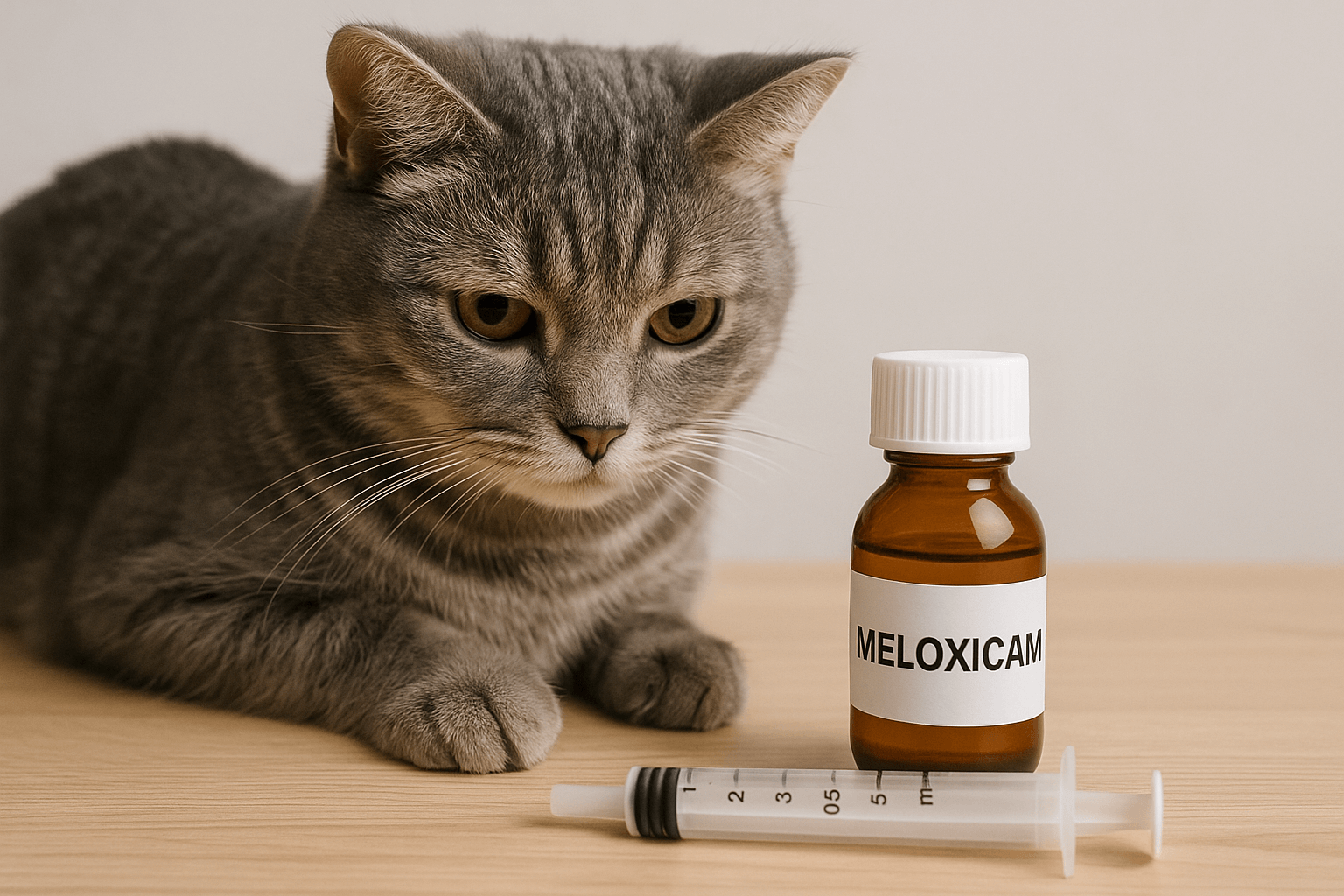Understanding Dog Spleen Tumor Ultrasound: A Comprehensive Guide
When it comes to our furry companions, their health is always a top priority. One condition that can cause concern in dogs is a spleen tumor. Detecting and diagnosing these tumors early can make a significant difference in treatment outcomes. This is where a dog spleen tumor ultrasound comes into play. In this guide, we’ll explore everything you need to know about this diagnostic tool, its importance, and how it helps veterinarians provide the best care for your beloved pet.
What Is a Dog Spleen Tumor Ultrasound?
A dog spleen tumor ultrasound is a non-invasive imaging technique used to examine the spleen for abnormalities such as tumors or masses. It provides veterinarians with a detailed view of the spleen’s structure, allowing them to identify potential issues early on. Here are some key points to understand about this procedure:
An ultrasound uses sound waves to create real-time images of the spleen.
It is painless and does not involve radiation, making it safe for your dog.
The procedure is typically performed by a veterinary radiologist or a trained veterinarian.
Ultrasounds can differentiate between benign and malignant tumors in many cases.
Early detection through ultrasound improves the chances of successful treatment.
An ultrasound is an invaluable tool in veterinary medicine, offering clarity and precision when assessing spleen health.
Signs That Your Dog May Need an Ultrasound
If you notice any unusual symptoms in your dog, it might be time to consult your veterinarian about scheduling an ultrasound. Below are common signs that could indicate a spleen issue requiring further investigation:
Sudden weakness or lethargy without an apparent cause.
Abdominal swelling or distension that seems abnormal.
Loss of appetite or difficulty eating.
Vomiting or diarrhea that persists over several days.
Pale gums, which may suggest internal bleeding.
These symptoms should never be ignored, as they could signal a serious underlying condition. Always consult your vet if you observe any of these signs.
Check this guide 👉How Much Does a Dog Ultrasound Cost? Best 7 Health Tips!
Check this guide 👉How Much Does an MRI for a Dog Really Cost? Best 7 Tips!

Aspect | Details |
|---|---|
Purpose | To detect and evaluate spleen tumors and other abnormalities. |
Duration | Typically 20–30 minutes per session. |
Preparation | Fasting may be required; your vet will provide instructions. |
Follow-Up | Additional tests like biopsies or blood work may be needed for confirmation. |
Benefits | Non-invasive, safe, and highly effective for visualizing internal structures. |
Benefits of Ultrasound for Diagnosing Spleen Tumors
Ultrasound plays a critical role in diagnosing spleen tumors in dogs. Its advantages extend beyond just identifying masses. Here’s why veterinarians rely on this technology:
Provides clear visualization of the spleen and surrounding organs.
Helps determine whether a mass is fluid-filled (cyst) or solid (tumor).
Assists in planning surgical interventions by mapping the tumor’s size and location.
Reduces the need for exploratory surgery in many cases.
Offers a safer alternative to invasive diagnostic methods like biopsies.
With its ability to provide detailed insights, ultrasound remains one of the most effective tools for diagnosing spleen tumors in dogs.
Treatment Options After Diagnosis
Once a spleen tumor has been identified via ultrasound, the next step is discussing treatment options with your veterinarian. Depending on the findings, various approaches may be recommended. Consider the following possibilities:
Surgical removal of the spleen (splenectomy) for malignant or large benign tumors.
Chemotherapy if cancer has spread to other parts of the body.
Monitoring small, benign tumors closely for changes over time.
Pain management and supportive care for dogs with advanced stages of disease.
Dietary adjustments to support overall health during recovery.
Each case is unique, and your veterinarian will tailor a treatment plan based on your dog’s specific needs.
Common Types of Spleen Tumors in Dogs
Spleen tumors in dogs can vary significantly in nature, ranging from benign to malignant. Understanding the types of tumors that may affect your dog is essential for making informed decisions about treatment. Here are some common types:
Hemangiosarcoma: A highly aggressive and malignant tumor that originates in blood vessels.
Hemangioma: A benign counterpart to hemangiosarcoma, usually less concerning but still requiring monitoring.
Lymphoma: A cancer of the lymphatic system that can sometimes involve the spleen.
Leiomyosarcoma: A rare type of tumor that arises from smooth muscle tissue in the spleen.
Metastatic tumors: Cancers that spread from other parts of the body to the spleen.
Identifying the specific type of tumor is crucial for determining the best course of action for your dog’s care.
Preparing Your Dog for an Ultrasound
Proper preparation ensures the ultrasound procedure goes smoothly and yields accurate results. While the process is straightforward, there are a few things you can do to help your dog feel comfortable and ready. Here’s what you need to know:
Follow your veterinarian’s fasting instructions to ensure a clear image of the spleen.
Keep your dog calm and relaxed before the appointment by avoiding strenuous activity.
Bring any relevant medical records or previous imaging results for reference.
Ensure your dog is clean and free of dirt or debris on their abdomen.
Stay with your dog during the procedure if possible to provide comfort and reassurance.
Taking these steps will help make the experience as stress-free as possible for both you and your pet.
Post-Ultrasound Care Tips
After the ultrasound, it’s important to focus on your dog’s well-being and follow any recommendations provided by your veterinarian. Proper aftercare can aid in recovery and ensure accurate interpretation of the results. Consider these tips:
Monitor your dog for any unusual behavior or symptoms following the procedure.
Administer medications or supplements as prescribed by your vet.
Schedule follow-up appointments to discuss test results and next steps.
Maintain a healthy diet to support your dog’s immune system and overall health.
Provide plenty of rest and avoid strenuous activities until cleared by your vet.
By prioritizing post-ultrasound care, you can help your dog recover quickly and set the stage for effective treatment planning.
Frequently Asked Questions About Dog Spleen Tumor Ultrasound
Is a dog spleen tumor ultrasound painful?
No, the procedure is completely painless and does not require anesthesia in most cases.
How long does the ultrasound take?
Typically, the process lasts between 20 to 30 minutes, depending on the complexity of the case.
Can an ultrasound tell if a tumor is cancerous?
While ultrasounds can provide clues, a definitive diagnosis usually requires additional tests like biopsies or lab work.
Are there risks associated with the procedure?
Ultrasound is considered very safe, with minimal risks compared to other diagnostic methods.
What happens after the ultrasound?
Your veterinarian will discuss the results and recommend the next steps, which may include further testing or treatment.
Final Thoughts: Prioritizing Your Dog’s Health
A dog spleen tumor ultrasound is a vital tool in ensuring your pet receives timely and accurate care. By understanding its purpose, benefits, and role in diagnosis, you can make informed decisions about your dog’s health. Remember, early detection and proactive measures can significantly improve outcomes. If you suspect any issues with your dog’s spleen, don’t hesitate to reach out to your veterinarian. Together, you can ensure your furry friend enjoys a happy, healthy life.
Cat Fever Treatment: Best 7 Expert Tips! Discover expert advice on identifying, managing, and treating fever in cats to ensure their quick recovery and well-being.
Understanding Meloxicam for Cats: Best 7 Expert Tips! Learn how to safely administer meloxicam, manage side effects, and ensure your cat's comfort with expert advice on feline pain relief.
Amoxicillin for Cat UTI: Best 7 Expert Tips! Discover safe usage, dosage guidelines, and expert advice on treating feline urinary tract infections effectively with amoxicillin.
Understanding Cat Cancer Treatment: Best 7 Expert Tips! Discover expert advice on managing feline cancer, from early detection to treatment options, ensuring your cat’s health and comfort.





